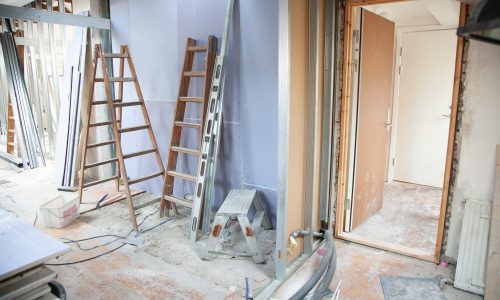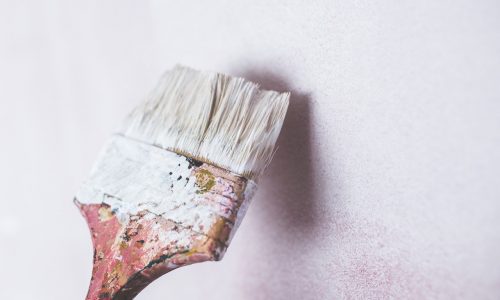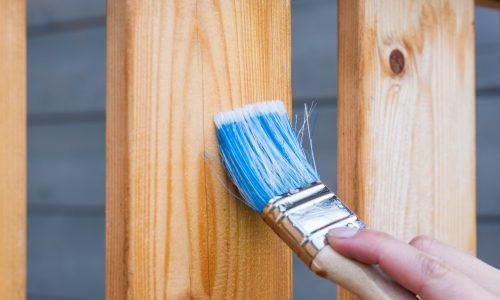-
Lot Size1.38 ac
-
Home Size680 sqft
-
Beds1 Bed
-
Baths1 Bath
-
Year Built2003
-
Days on Market17
Detecting Mold: A Crucial Guide for Homebuyers and Homeowners
- Home Care
- July 19, 2024

Mold is like a silent intruder that can wreak havoc on a home’s structure and its occupants’ health. In fact, mold is a concern that every prospective homebuyer and homeowner should take seriously, because early detection can prevent extensive damage and costly remediation efforts, along with protecting yourself from mold exposure, which can lead to serious health problems. Whether you are selling your home or simply trying to be a responsible homeowner, you should take mold seriously.
If you are exposed to mold long-term, you may experience brain fog, headaches, and other unpleasant symptoms. Below is a comprehensive guide to recognizing signs of mold and taking proactive steps in real estate transactions and maintenance.
What are the Risks of Mold Exposure?
Mold thrives in damp, humid environments and can grow rapidly on various surfaces such as drywall, wood, carpeting, and insulation. Beyond causing unsightly stains and odors, mold can trigger respiratory issues, allergies, and even exacerbate existing health conditions. In real estate transactions, the discovery of mold can significantly impact property values and negotiations, meaning that if you are selling your home, you can expect a costly bill to fix it or a price drop.
The most obvious indicator of mold is visible growth on walls, ceilings, or other surfaces. Mold often appears as patches of black, green, or brown discoloration and may have a fuzzy or slimy texture. It commonly manifests in areas prone to moisture, such as bathrooms, basements, and around windows or pipes.
Even when mold isn’t visible, musty odors can be a telltale sign of its presence. If a home has a persistent musty smell, particularly in enclosed spaces like closets or under sinks, it’s essential to investigate further for hidden mold growth.
What Creates Mold in My Home?
Water pouring from leaks in roofs, plumbing, or foundation cracks creates ideal conditions for mold growth. Stains on walls or ceilings, warped flooring, or peeling wallpaper or paint can indicate past or ongoing water damage, which may have led to mold formation.
What Can I Do if I Think My House has Mold?
If you think your house has been contaminated with mold, there’s no need to panic- but you should be concerned and consider hiring a certified mold inspector – especially if you have an older home or your house has a history of water damage. Mold detection professionals use specialized equipment to find mold behind walls, in ductwork, or other hidden areas not visible during a standard walkthrough.
Is There Mold Transparency in Real Estate Transactions?
In real estate transactions, full disclosure of mold issues should be standard practice. Sellers are obligated to disclose known mold problems, and buyers should ask specific questions about past water damage and mold history. Including mold inspections and disclosures as standard practice in real estate transactions promotes transparency and protects both buyers and sellers.
When it comes to detecting mold in homes, the biggest factors that help are awareness and vigilance. Whether you’re buying or maintaining a property, understanding the signs, risks, and necessary steps for mold detection and remediation can safeguard your investment and ensure a healthy living environment for years to come. By staying informed and proactive, homeowners and buyers can effectively manage mold issues and maintain the integrity and value of their homes.







